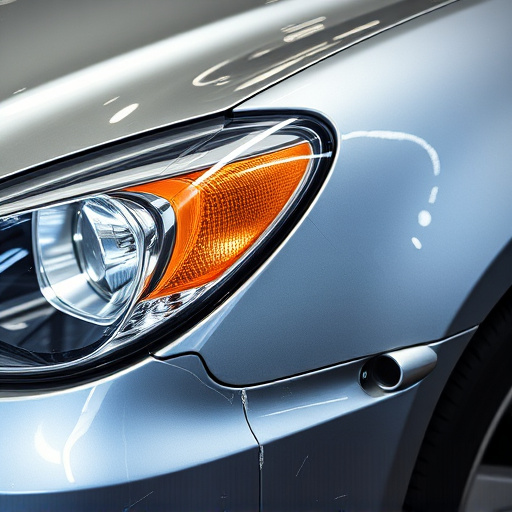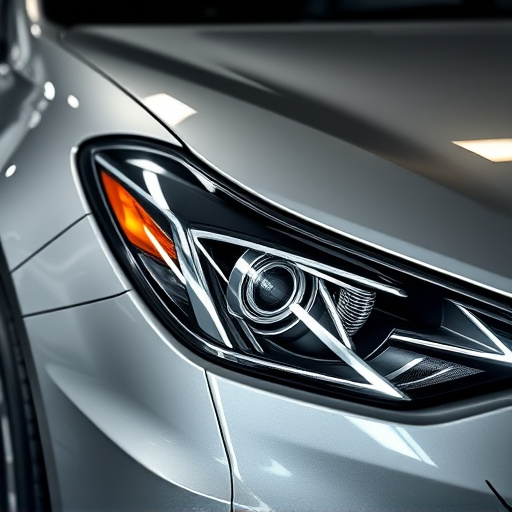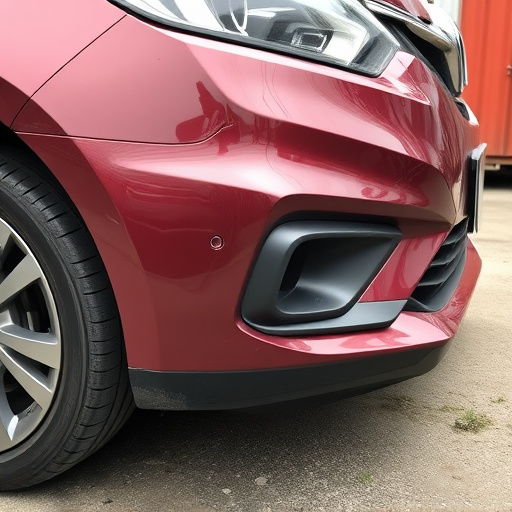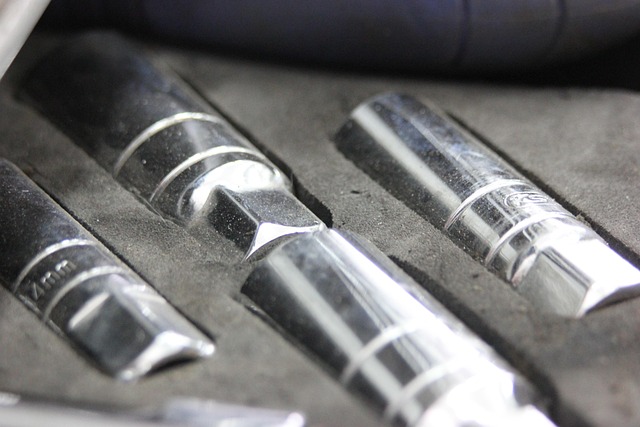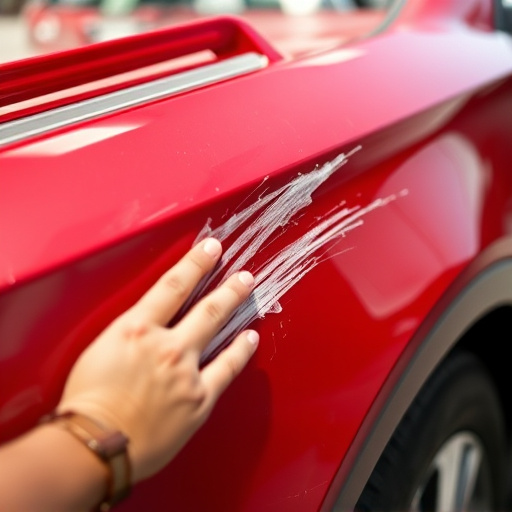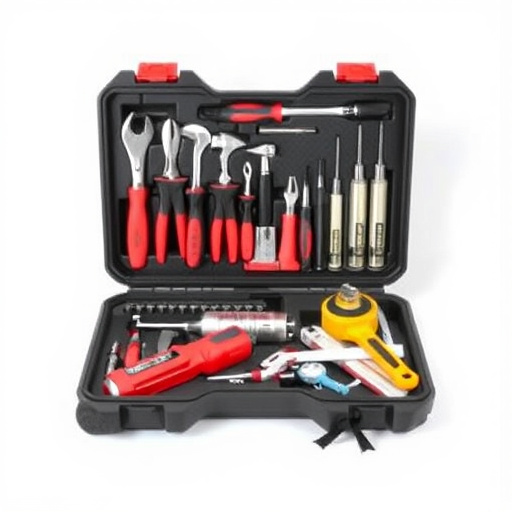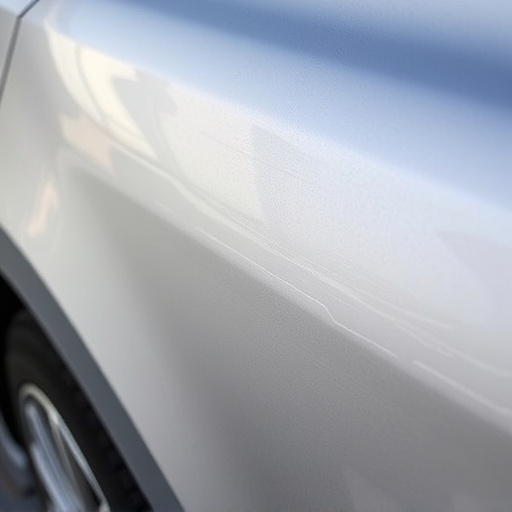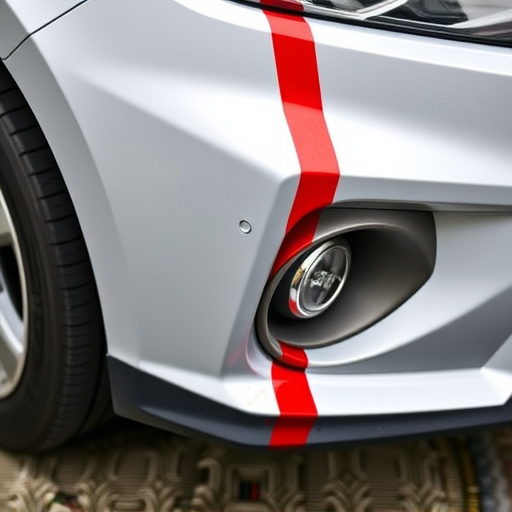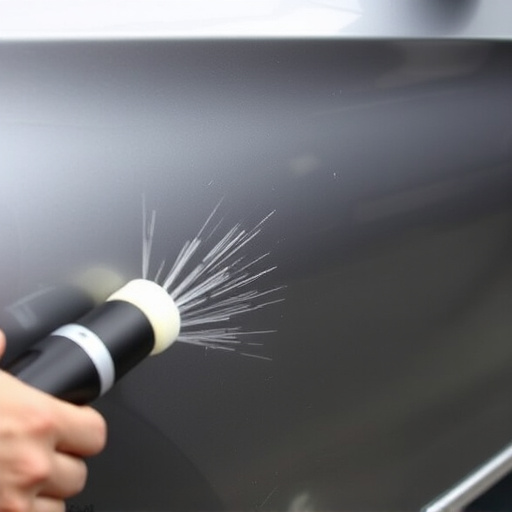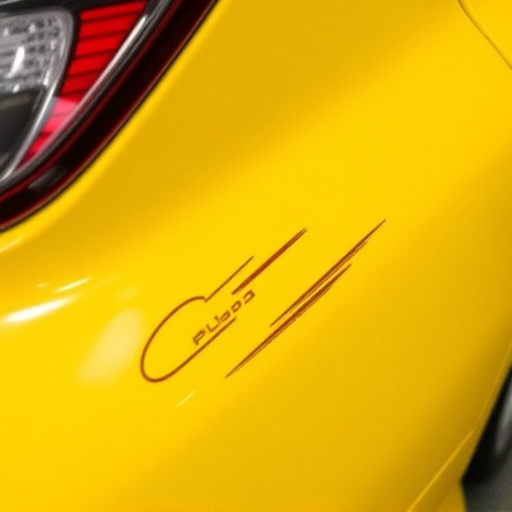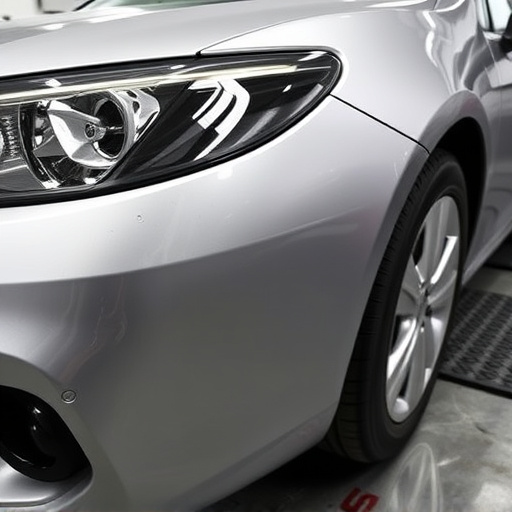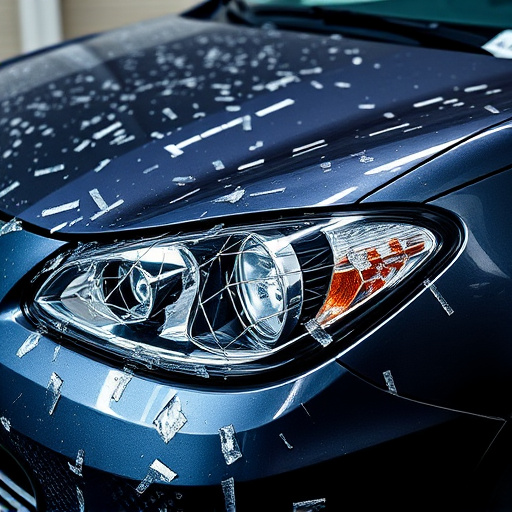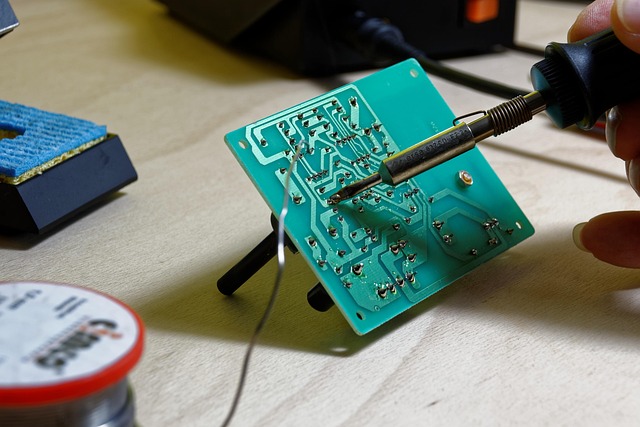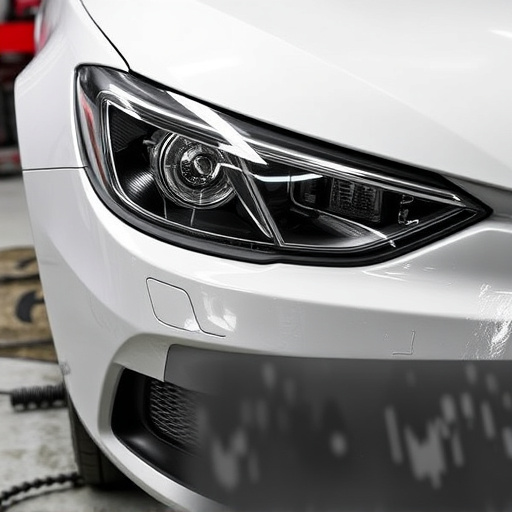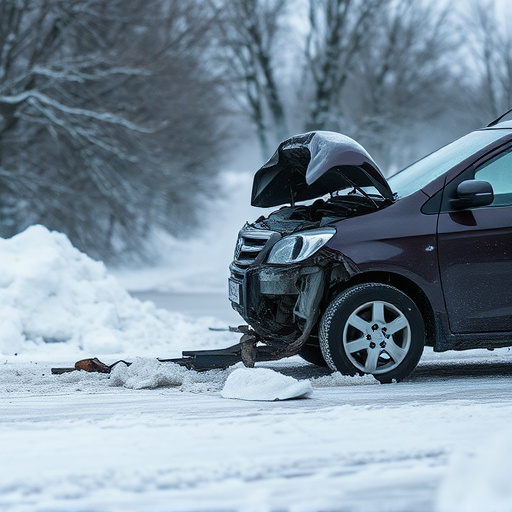Optimal Tesla dashcam configuration requires compatible hardware and power supply. Connect to car's OBD-II port using a suitable USB charger for stable voltage. Customize recording settings in Tesla's infotainment system. Ensure protection from weather and prolonged use with high-current, tailored power supplies. Prioritize compatibility with other vehicle accessories.
Unleash the full potential of your Tesla’s onboard camera system with our comprehensive guide to Tesla dashcam configuration. This article delves into the essential hardware requirements, offering clear instructions on setting up and configuring your vehicle’s dashcam effectively. We also explore USB power supply options to ensure optimal performance and reliability. By understanding these key aspects, you’ll enhance your Tesla’s capabilities for improved safety and recording quality.
- Understanding Tesla Dashcam Hardware Requirements
- Setting Up and Configuring Your Tesla's Dashcam
- Exploring USB Power Supply Options for Optimal Performance
Understanding Tesla Dashcam Hardware Requirements
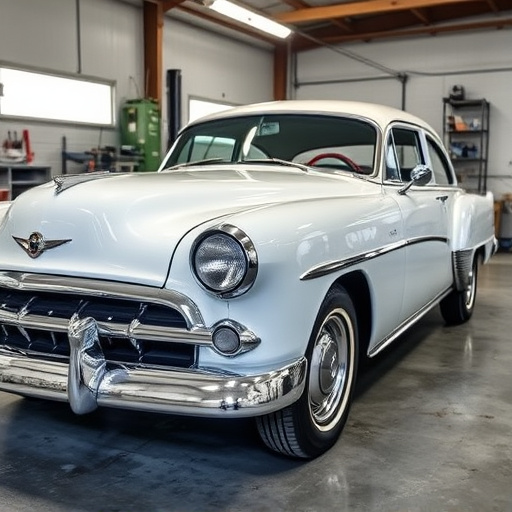
The Tesla dashcam is a sophisticated piece of technology integrated into the car’s infotainment system, offering advanced driver assistance features. Understanding its hardware requirements is essential for optimal configuration and functionality. The dashcam relies on specific connectors and power sources to capture and transmit high-resolution footage effectively.
One of the key aspects is ensuring compatibility with Tesla’s in-car network. This involves matching the correct camera model with your vehicle, as different Tesla models may have varying hardware setups. Proper USB power supply is another critical factor; the dashcam requires a stable 5V and 2A current to operate seamlessly, often supplied through the vehicle’s onboard diagnostics port or a dedicated USB connector. For those interested in enhancing their car’s safety features, consulting with professionals specializing in luxury vehicle repair or automotive collision repair can provide valuable insights into customising the dashcam configuration for optimal performance and reliable power supply.
Setting Up and Configuring Your Tesla's Dashcam
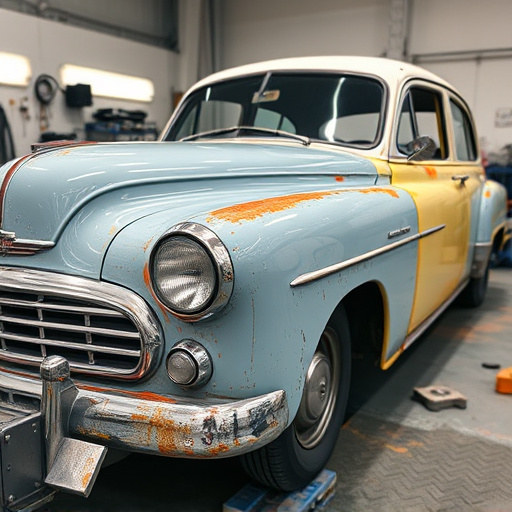
Setting up your Tesla’s dashcam is a straightforward process that allows you to record and capture important driving moments. Once you’ve acquired the necessary hardware, which includes a compatible dashcam and a USB power supply designed for Tesla vehicles, the next step is seamless integration. Start by locating the OBD-II port in your Tesla, usually found beneath the steering wheel. Connect the dashcam’s power cable to this port and ensure it’s securely fastened. Then, attach the other end of the cable to your chosen power source—a USB power adapter tailored for Tesla models.
After ensuring proper connections, access your Tesla’s settings menu to initiate the configuration process. Here, you can customize camera settings, select recording modes, and adjust resolution to suit your preferences. Some dashcams offer additional features like motion detection or loop recording, allowing you to capture incidents more efficiently. With a few simple steps, your Tesla’s dashcam will be ready to document your drives, providing valuable evidence in case of any vehicle repair services or bodywork concerns down the line.
Exploring USB Power Supply Options for Optimal Performance
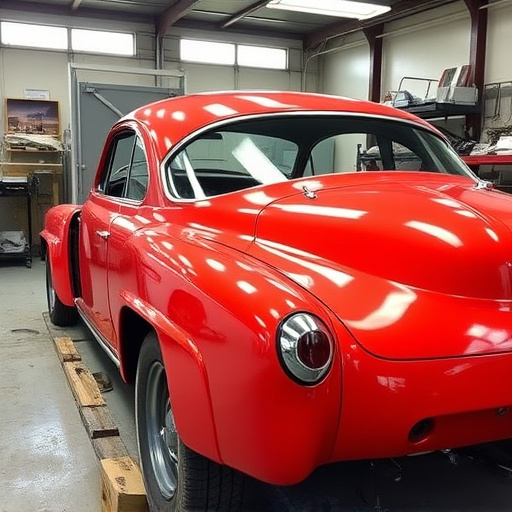
When configuring your Tesla dashcam for optimal performance, exploring different USB power supply options is a crucial step. The right power source ensures your dashcam captures high-quality footage consistently and reliably. For Tesla owners, it’s not just about any USB charger; you need one that understands the specific demands of modern automotive electronics. This is especially true if you’re using your dashcam for long periods or in extreme weather conditions, which can affect battery life and video quality.
Choosing a power supply designed for high-current draws ensures stable voltage delivery to your Tesla dashcam, preventing drops or fluctuations that could degrade video quality. This becomes even more important when considering the additional accessories you might connect to your USB port, such as wireless chargers or navigation devices. Opting for a power supply with smart features, like automatic voltage regulation and current limiting, can protect not just your dashcam but also other in-car devices, preventing issues associated with classic car restoration or even paintless dent repair and frame straightening processes that rely on reliable, high-quality USB connections.
In conclusion, configuring your Tesla’s dashcam involves understanding its hardware requirements and selecting the right USB power supply. By setting up your dashcam correctly, you ensure optimal video quality and reliable performance. Remember that a well-configured Tesla dashcam is essential for capturing clear footage of your drives, enhancing safety, and providing valuable evidence in case of any incidents.
